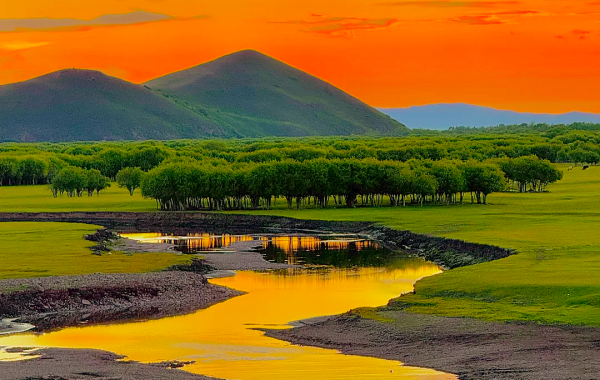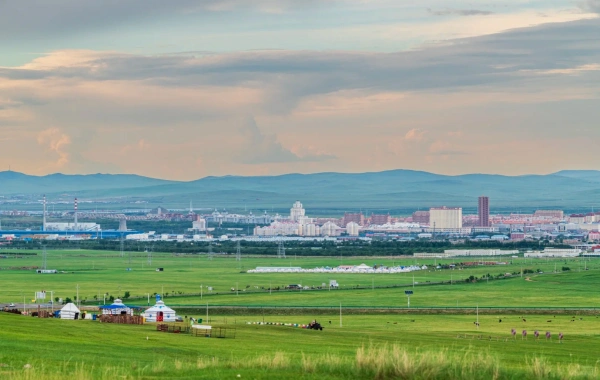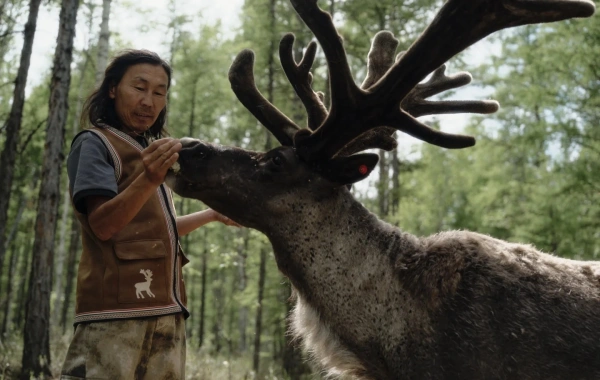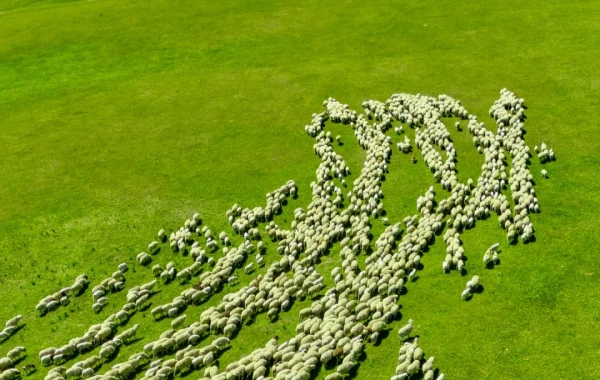Hulunbuir Grassland
Historical Overview
The Hulunbuir region has been inhabited for millennia, with nomadic tribes like the Xiongnu, Khitans, and Mongols shaping its heritage. During the Yuan Dynasty (13th–14th century), it served as a vital pasture for Genghis Khan’s cavalry. In the 17th century, it fell under Manchu rule before becoming part of modern China. Today, it symbolizes harmonious coexistence between humans and nature, preserving traditions like yurts, horseback riding, and throat singing.
Structural Layout
The grassland is divided into three zones:
Western Steppe: Flatlands ideal for herding sheep and yaks.
Central Plateau: Home to the Hulun Lake (the fifth-largest freshwater lake in China) and the Erguna River.
Eastern Forest-Steppe: A transition zone with birch groves and wetlands.
Key natural features include the Greater Khingan Mountains (to the east) and the Hulun Lake Basin, a critical stopover for migratory birds.

(Eastern Forest-Steppe)
Major Attractions
Hulun Lake: A haven for 333 bird species, including swans and cranes.
Erguna Wetland: Asia’s largest rootless marshland, perfect for eco-tours.
Golden Mongolian Grass Sea: A 100-km stretch of wildflowers and golden wheat fields in autumn.
Nomadic Family Visits: Stay in a traditional ger (yurt) and milk cows with herders.
Horseback Riding Trails: Gallop across meadows or join local racing competitions.
Baiyinhushuo Scenic Area: A "Moon-Shaped Bay" where the Erguna River curves dramatically.
Manzhouli: A border town blending Russian architecture and Chinese bazaars.

(Manzhouli Vision)
Suggested Itineraries
Classic Route (2–3 Days):
Day 1: Hailar City → Hulun Lake → Evening Bonfire with Nomads
Day 2: Erguna Wetland → Baiyinhushuo → Overnight in a Yurt
Day 3: Horseback Riding → Manzhouli → Russian-Style Dinner
Adventure Route (4–5 Days):
Add: Golden Mongolian Grass Sea (photography), Cross-Country Cycling, and Archery Lessons.
Cultural Route (Full Week):
Explore Manchu and Evenki villages, attend the Nadam Festival (July–August), and learn Mongolian calligraphy.

(Ewenki people)
Ticket Purchase
Hulun Lake Entrance: ¥80 (peak season), ¥40 (off-season).
Erguna Wetland: ¥65, including shuttle bus.
Nomad Visits: Free (tipping encouraged for hospitality).
Permits: Required for border areas (e.g., Manzhouli); obtain from local tourism offices.

Air: Fly to Hailar Dongshan Airport (direct from Beijing, Shanghai, or Hohhot).
Train: Take the overnight sleeper from Harbin (6 hours) or Beijing (24 hours).
Car: Rent a 4x4 in Hailar for self-drive tours (GPS recommended).
Local Transport: Buses connect major towns, but taxis/private drivers are better for remote spots.
Best Time & Tips
Peak Season: June–August (wildflowers, Festivals).
Off-Peak: September (golden foliage, fewer crowds).
Avoid: May (windy) and November–March (freezing cold).
Essentials:
Pack layers (temperatures vary 20°C daily).
Bring sunscreen, sunglasses, and mosquito repellent.
Respect nomadic customs: Remove shoes before entering yurts, never point feet at elders.
Photography: Ask permission before taking portraits of locals.
If you would like to ask more questions about attractions or have a personalized itinerary, please contact us
Contact Us
What Our Clients Say?
Based on 10,000+ traveler reviews














